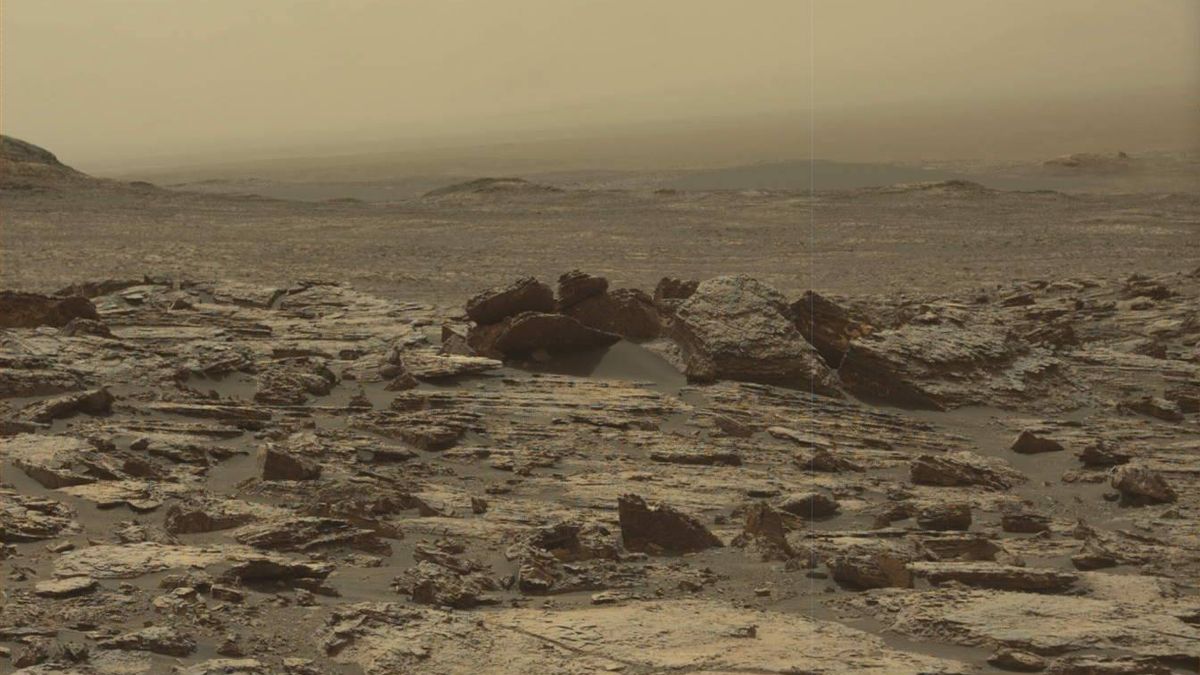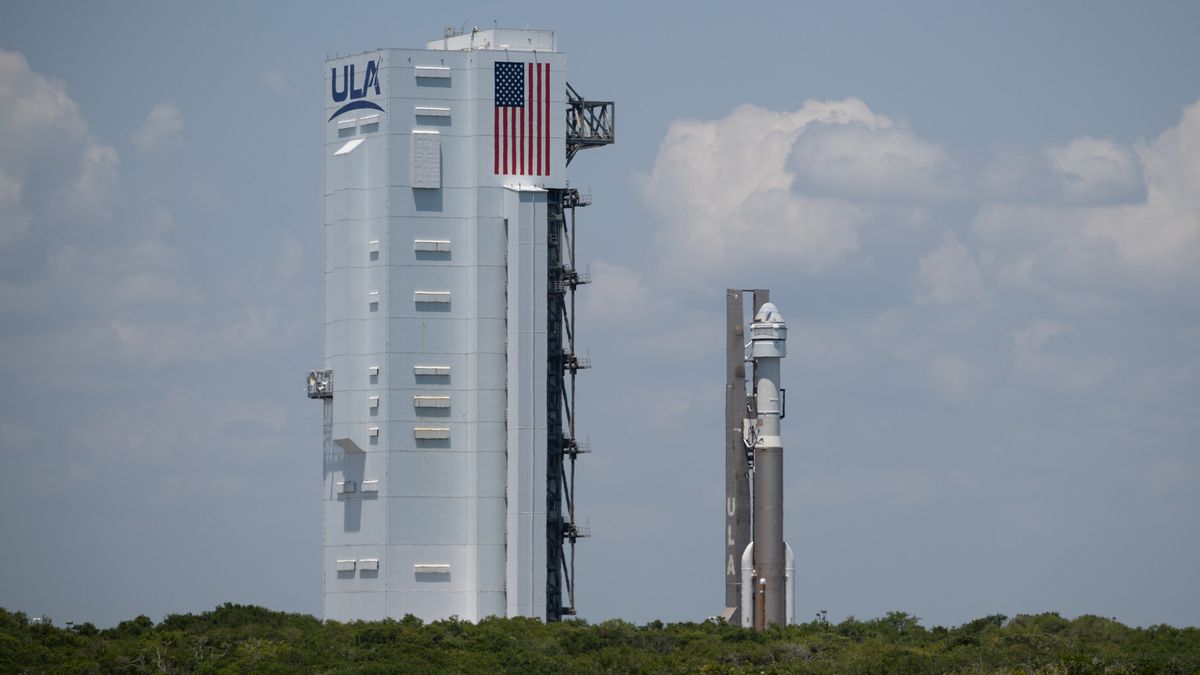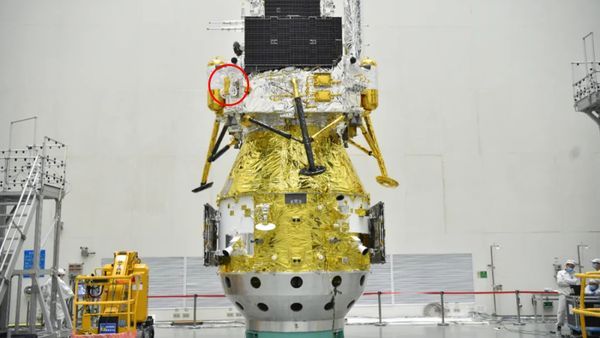The Ancient Lake on Mars: Evidence of a Habitabile Environment
The Curiosity Mars rover has unearthed fascinating chemical traces, specifically anomalous amounts of manganese oxide, hinting at the possibility of Mars sustaining a habitable environment in the distant past, potentially even supporting microbial life forms. Delving into NASA’s Curiosity mission, the rover is actively exploring the sprawling 154-kilometer (approximately 96-mile) Gale crater, where it touched down back in 2012.
Discoveries in Gale Crater
Through its ventures, Curiosity has already confirmed that the Gale crater was once engulfed by substantial flooding, although this evidence has faced some skepticism. However, the rover’s recent revelations not only corroborate the theory of an ancient lake’s existence within the crater but also propose that the conditions prevalent back then were conducive to nurturing life.
The sought-after evidence comes in the form of manganese oxide, a compound integral to the findings. While traces of manganese oxide were initially detected within Gale Crater in 2016, Curiosity has now stumbled upon significantly higher concentrations of the compound in sedimentary bedrocks within a mudstone geological unit popularly known as the Murray Formation.
Manganese Oxide Discovery
Aided by its ChemCam instrument, Curiosity employed laser technology to identify manganese oxide, revealing enrichments of up to 45% in the mudstone. The presence of this compound, typically found in terrestrial lakebeds or river deltas with high oxidation conditions, poses intriguing questions.
The abundance of manganese oxide on Mars suggests a scenario necessitating substantial oxygen presence, which contradicts the planet’s known atmospheric composition. The discrepancy calls for a reevaluation of the oxidation mechanism and the sources of oxygen in Mars’s ancient environment. Lead researcher Patrick Gasda expressed the team’s bewilderment, stating, “On Mars, we don’t have evidence for life, and the mechanism to produce oxygen in Mars’ ancient atmosphere is unclear, so how the manganese oxide was formed and concentrated here is really puzzling.”
Implications for Ancient Life on Mars
Furthermore, the coarser nature of the manganese-oxide-enriched mudstone, situated between distinct geological units within the Murray Formation, hints at depositional patterns indicative of a river delta or lakeshore setting. A more porous bedrock in this region allowed groundwater to percolate through, potentially concentrating manganese oxide within the rocks, posing a challenge in understanding the oxidation processes on Mars.
These revelations raise the possibility of microbial life thriving in Mars’s ancient lake, as microorganisms have the ability to catalyze manganese oxidation for energy. While the findings do not directly confirm life on Mars, they offer an indirect biosignature, hinting at the possibility of ancient microbial communities. Los Alamos’ Nina Lanza elaborated on these intriguing findings, stating, “The Gale lake environment, as revealed by these ancient rocks, gives us a window into a habitable environment that looks surprisingly similar to places on Earth today.”
The intriguing discoveries made by Curiosity on Mars have been published in the renowned Journal of Geophysical Research: Planets, shedding light on the planet’s enigmatic past.
Image/Photo credit: source url





